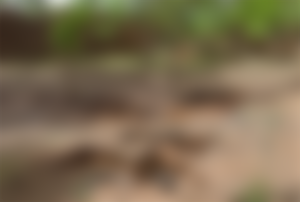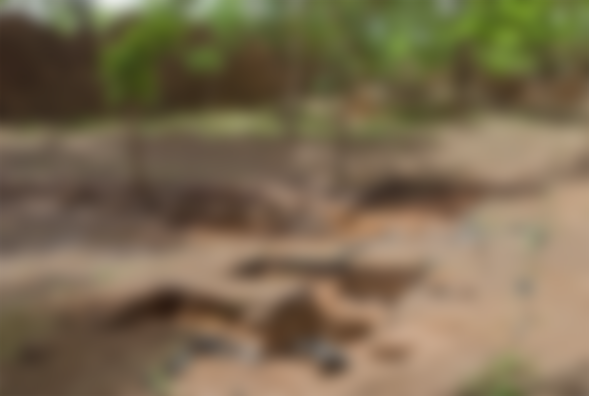In this trilogy, I will share with you my experience, twenty-three working days at the archeological excavations "Humska čuka". We found a lot of interesting things, but unfortunately I only have a few photos of those things.
In this part, I will explain you how archeological institutes find places where they should dig, how to dig, how to determine the age of an object and the like.
HOW TO FIND PLACES FOR EXCAVATIONS.
The basic way is "human error". For example, a peasant digs a field and finds small pieces of pottery. Due to erosion, worthless things (also very small) are always damaged on the surface in the first couple of layers (10-30 cm), but "where there is smoke, there is also fire". It is through these small pieces that it is learned that in those places there is probably a site deeper in a couple of layers. There are various periods that are excavated. From the 10th century AD to the fourth century BC.
The second way is with strictly foreseen calculations, with the old plans of the city, it is assumed where should be something significant.
HOW TO DIG.
Digging is mostly done by people who have been in the business for years, and unlike digging tunnels, wells and the like, here digging is done much more slowly, because digging layer by layer. One layer is 10cm low. Considering the ceramics that are found, the time from which the entire layer originates is also assumed.

When we come across a jar, or anything, we call archaeologists and they tell us whether that object is important or not, and what to do next. For example: if we come across a bone or horn, the precise age of that layer can be determined. If we find a sharpened stone, it is probably a tool for a human being.
as for the depth of digging, it depends on the strength of the soil, the time period and the width of the "probe". One of the most important things when digging is the angle and regularity of the wall. In order for the probe not to collapse, it is necessary that the walls of the probe are flat and all the corners of the walls of the probe are at 90 degrees. One of the biggest problems for archaeologists is the sun and dust. The day after the rain is the most beautiful day for digging because the temperature is lower, probably the wind blows and most importantly, the ground is moist so there is no dust when digging. The day after that day is the worst. First of all, there is dust again, we went even deeper so we don't even feel the wind, and the worst thing, the sun that warms the humid ground, creates quite humid air at a high temperature and becomes twice as hard to dig.
HOW IS THE AGE 0F AN OBJECT DETERMINED?
Relative dating
There are several methods, the first is one of the easiest but also the most inaccurate and is called "Relative dating". It is used only in areas with sedimentary rocks that have "grooves" on them (lines as shown on the rock next to them). old. But we didn't use this method because we didn't have enough rocks around us.
Dendrochronology dating
For this method we need old wood. It's similar to Relative When we cut wood we find, we can find circular lines between the protrusions. The more protrusions we have, the older the tree. Also through this method we can find out whether the year was drier or not. If there was a little rain, the bulges will be smaller, if there was more rain, the bulges will be bigger. This information is crucial about the people of that period because rain was very important for the survival of a civilization. The disadvantage of this method is that we must have a bone next to the tree to determine the age of the tree. The reason why we have to have bone in the same layer, is that the tree "makes" bulges only while it is alive, that is, it has not been cut down.
This methods was not be useful for us, the methots we used is right down:
Thermoluminescence dating
This method works with almost all natural materials. The principle of this method is that any material that is thermoluminescent receives particles called electrons over time. Given the amount of electrons in a piece in special conditions, when we heat that piece, it emits a certain amount of light. the older the object, the more light it will emit, the younger it will emit less light.
Radiometric dating
This method is accurate only up to fifty thousand years in old objects. Almost all natural minerals contain the element carbon "C 14". Parts of fossils and objects are burned indoors and the age of the objects is concluded on the basis of evaporation. This dating is also called "Carbon dating"
This is the End :{
This is the first part of this triology, but if you want more feel free to support me on your known way :P
In next part i will post all of my expirience trough 24 workin days on archeology probes.
Location where we dig is around City of Nish(Serbia) called "Humska čuka"
You can ask me anything, or request any specifical theme for me, i will post about it if i can.
To the next post, see yaa :!
Recommended posts:
1.How to screenshot instagram "boom" photo without sc indicator

Archeology is a very interesting, fun and exciting science. Greeting